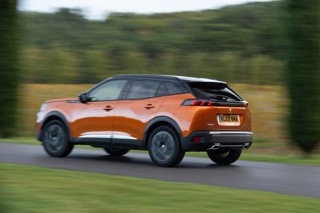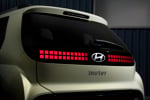Review
The car industry has incredibly long lead times and baggage galore in design heritage.
You mess with these things at your peril.
“You can’t rip up and start again when a new design boss arrives,” he tells me.
“It’s like a new chef coming into an old restaurant – he will have the same ingredients but will make a new menu.
More pepper maybe, perhaps more spice, sometimes lighter, sometimes easier – in the end, it’s still the same restaurant.”
But there’s little point in a chief stylist keeping the status quo.
Especially when your brand is Peugeot, whose designs don’t exactly get enthusiasts’ pulses racing like they used to.
“When I was first appointed, the project to replace the 206 CC was a carbon copy of the old car, just a bigger one,” Gallix reveals.
“I said: ‘No way. We must do that again.’ I cancelled the whole thing and we started from scratch.”
Gallix is tasked with making Peugeots interesting again. No easy task when your sister company – Citroen – has recaptured the creative high ground.
So how will he change Peugeot’s staid design language?
“There will be more serenity, more quality, more harmony,” he vows.
“We need a wow factor. I put a lot of importance on body shape.
In future you will see shapely Peugeots that take the light as much as possible.
I don’t want light to work on the glass or chromework – I want it dancing on the sheetmetal.”
We will have to wait a few years before we see the results, but I’d wager there will be some surprises in store.
Gallix is adamant he will seek out the new, rather than follow the herd.
“I had a discussion recently with some designer friends and we agreed the new trend is that there aren’t any trends.”
Factsheet
No information available.














